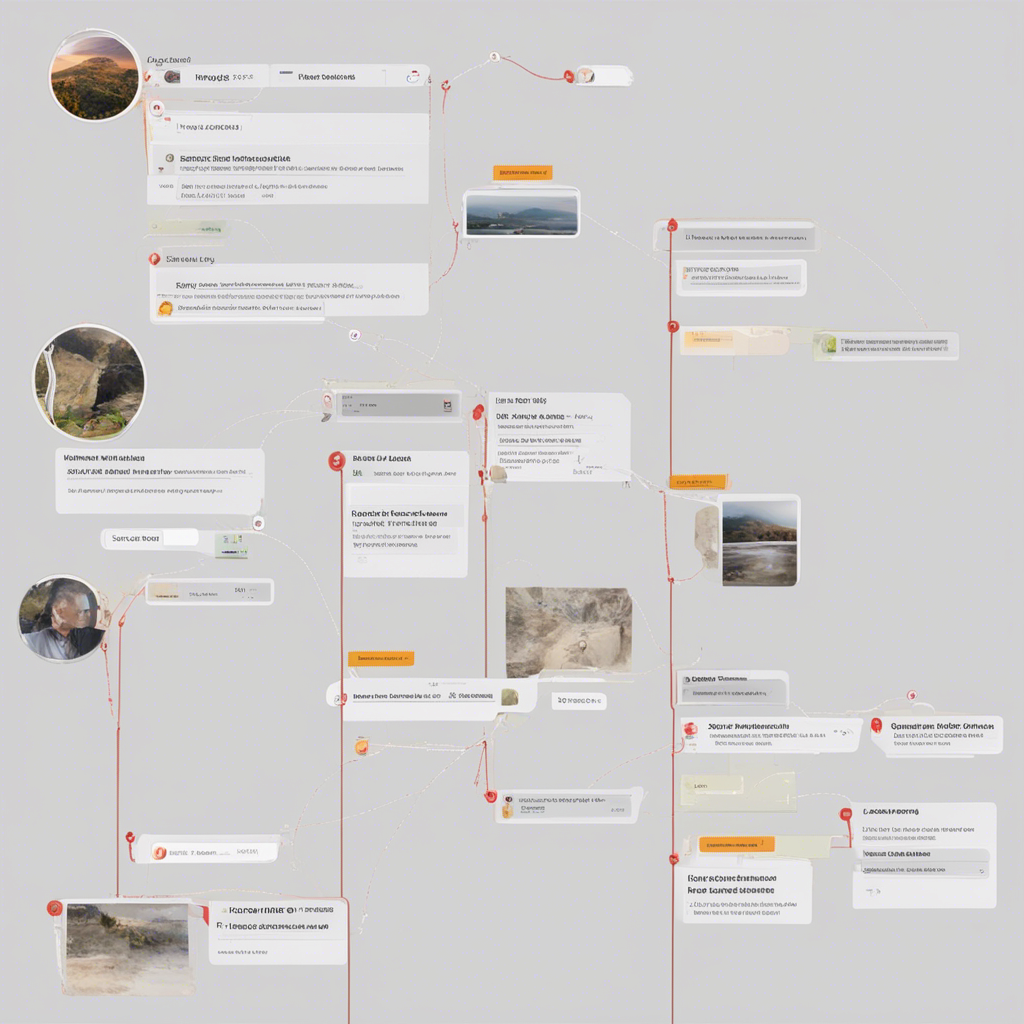
Agile Product Management: What You Need to Know
In today’s fast-paced and ever-changing business landscape, traditional project management methods may no longer be adequate to deliver successful products. This is where Agile Product Management comes into play. With its focus on adaptability, flexibility, and customer-centricity, Agile Product Management has gained popularity across industries. This blog post aims to provide you with a comprehensive overview of Agile Product Management, its key principles, methodologies, and benefits, along with practical insights for implementation.
Understanding Agile Product Management
What is Agile Product Management?
Agile Product Management is an iterative and collaborative approach to product development, where cross-functional teams work in short cycles called sprints to continuously deliver valuable products. It emphasizes the importance of customer feedback, flexibility, and adaptation throughout the development process. The goal of Agile Product Management is to create products that meet customer needs effectively and efficiently.
Principles of Agile Product Management
Agile Product Management is based on the following principles:
-
Customer collaboration over contract negotiation: Agile Product Managers prioritize close collaboration with customers to better understand their needs and preferences. Regular feedback loops are established to ensure customer satisfaction throughout the development process.
-
Embracing change: Agile Product Management acknowledges that requirements and priorities change throughout the project lifecycle. It emphasizes the importance of continuous adaptation and welcomes changes to maximize the value delivered to customers.
-
Cross-functional collaboration: Agile Product Management requires cross-functional teams with diverse skills and expertise to work together towards a common goal. Collaboration between team members, stakeholders, and customer representatives is encouraged for efficient product development.
-
Working products over comprehensive documentation: Agile Product Management values tangible outcomes over extensive documentation. The focus is on delivering working products that can be tested and validated by customers, rather than relying solely on documentation for progress evaluation.
-
Iterative and incremental development: Agile Product Management breaks down product development into smaller, manageable iterations called sprints. Each sprint delivers a potentially shippable increment of the product, allowing for rapid feedback and continuous improvement.
-
Face-to-face communication: Agile Product Management emphasizes direct and frequent communication among team members and stakeholders. Face-to-face interactions promote better understanding, trust, and collaboration, enabling faster decision-making and problem-solving.
Agile Methodologies in Product Management
Several Agile methodologies can be implemented within Agile Product Management. Here are three widely used ones:
-
Scrum: Scrum is one of the most popular Agile methodologies. It divides the development process into cycles called sprints, typically lasting two to four weeks. The product backlog is prioritized by the Product Owner, and the Scrum Team collaboratively works to deliver increments of the product at the end of each sprint.
-
Kanban: Kanban focuses on visualizing the workflow and optimizing the flow of work. It uses a Kanban board to represent different stages of work, such as “To Do,” “In Progress,” and “Done.” This methodology allows teams to manage their work in a more flexible and transparent manner.
-
Lean Startup: Lean Startup methodology combines Agile principles with the scientific method. It emphasizes rapid prototyping, hypothesis testing, and learning from customer feedback. Lean Startup is particularly suitable for startups or new product development, as it aims to validate product-market fit early on.
Benefits of Agile Product Management
Implementing Agile Product Management can result in several benefits for both the development team and the organization as a whole. Some of the key benefits include:
-
Faster time-to-market: By breaking down development into smaller iterations, Agile Product Management allows for quicker delivery of valuable products. This enables organizations to respond faster to market dynamics and gain a competitive edge.
-
Enhanced customer satisfaction: Agile Product Management emphasizes frequent customer feedback and collaboration, ensuring that the final product meets customer needs and expectations. By involving customers in the development process, customer satisfaction levels can be significantly improved.
-
Improved flexibility and adaptability: Agile methodologies enable organizations to adapt quickly to changing market conditions and evolving customer requirements. Continuous iteration and feedback loops allow for timely adjustments and course corrections, reducing the risk of building products that do not meet customer needs.
-
Higher team productivity: Agile Product Management promotes cross-functional collaboration, transparency, and accountability within teams. This fosters a positive work environment and empowers teams to deliver high-quality products efficiently.
-
Increased return on investment: Agile Product Management prioritizes the delivery of maximum value to customers from the earliest stages of product development. This ensures that resources are allocated effectively, minimizing waste and maximizing the return on investment.
Implementing Agile Product Management
Implementing Agile Product Management requires careful planning, coordination, and a shift in mindset. Here are some practical steps to help you successfully adopt Agile Product Management:
-
Education and training: Ensure that all team members understand Agile principles and methodologies. Invest in training sessions and workshops to foster a shared understanding and promote a culture of agility.
-
Establish clear roles and responsibilities: Define the roles and responsibilities of the Product Owner, Scrum Master (for Scrum methodology), and team members. Clear roles help ensure effective collaboration and accountability.
-
Create a prioritized product backlog: Work closely with customers and stakeholders to define product requirements and prioritize them in a product backlog. The backlog should be continuously refined and adjusted based on customer feedback and evolving market needs.
-
Implement cross-functional teams: Assemble cross-functional teams with the necessary skills to deliver increments of the product. Foster a collaborative and inclusive environment for effective teamwork.
-
Adopt an iterative development approach: Break down product development into sprints or iterations. Plan each sprint, focusing on delivering specific features or functionality in a short timeframe. Regularly review and adapt the product backlog based on insights gained from customer feedback.
-
Facilitate regular communication and feedback: Establish frequent touchpoints with customers and stakeholders to gather feedback and refine product requirements. Use tools and techniques like daily stand-up meetings, retrospectives, and demos to foster effective communication within the team.
-
Monitor and evaluate progress: Use Agile metrics and visualization tools to monitor progress and identify areas for improvement. Regularly review and adapt Agile practices based on lessons learned and feedback from the team and stakeholders.
Conclusion
Agile Product Management offers a customer-centric and iterative approach to product development, enabling organizations to rapidly deliver valuable products that meet customer needs. By embracing principles such as collaboration, flexibility, and adaptability, businesses can gain a competitive advantage in today’s dynamic market. Successful implementation of Agile Product Management requires a shift in mindset, clear roles and responsibilities, and continuous communication and adaptation.
Remember, Agile Product Management is not a one-size-fits-all solution. It is essential to tailor Agile methodologies to the specific needs and context of your organization. Experimentation, learning, and continuous improvement are key to harnessing the full potential of Agile Product Management and driving innovation in your product development processes.
References:
- Cohn, M. (2010). Succeeding with Agile: Software Development Using Scrum. Addison-Wesley Professional.
- Osterwalder, A., Pigneur, Y., & Tucci, C. L. (2005). Clarifying the ambiguous doctrine of the agile methodology: a structured research review. Proceedings of the Second International Conference on Software Engineering and Formal Methods, 139-150.
- Reinertsen, D. G. (2012). The Principles of Product Development Flow: Second Generation Lean Product Development. Celeritas Publishing.






